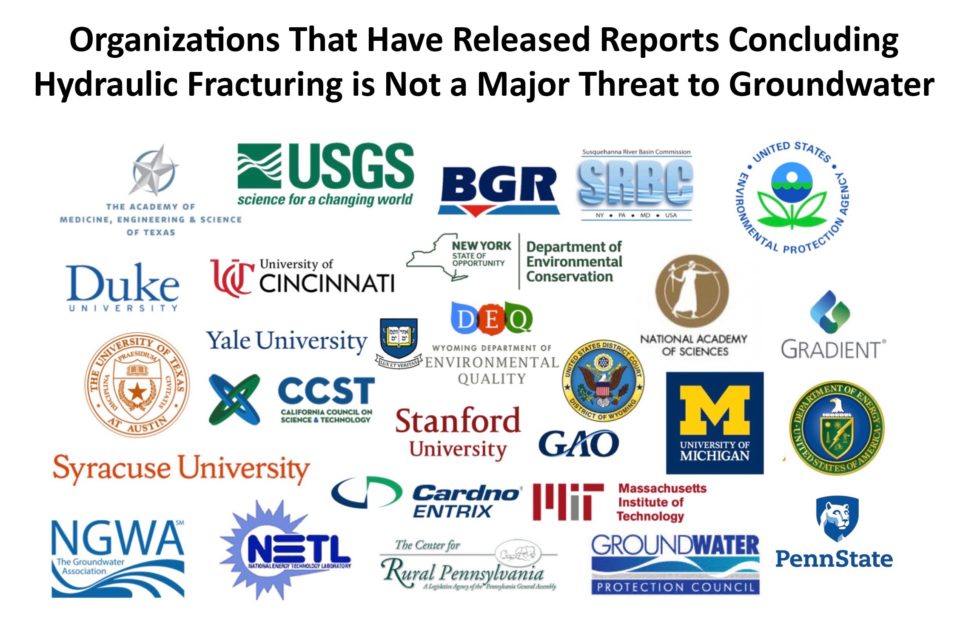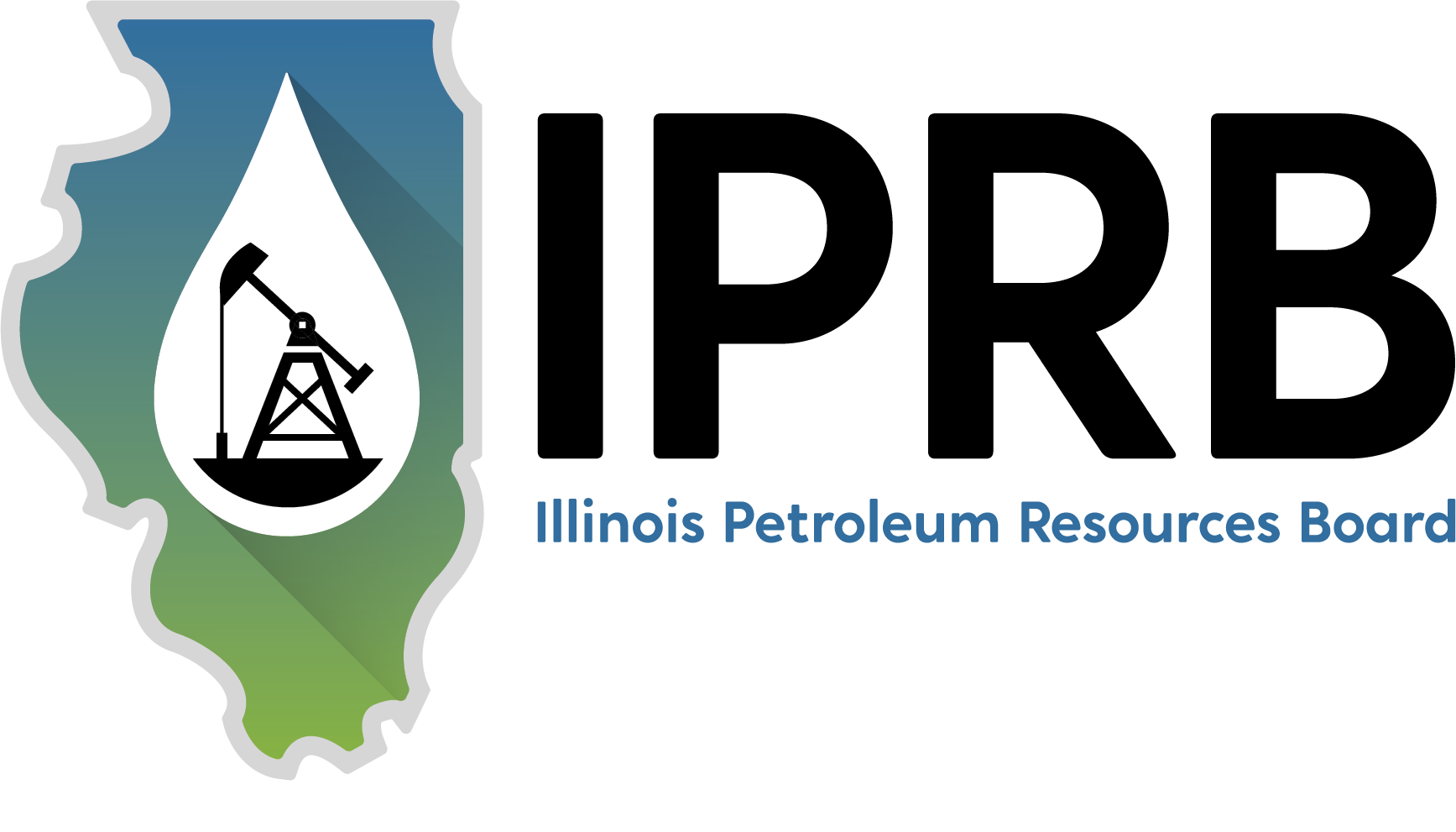Fact Checking the Petition to Ban Fracking in Illinois
The Illinois Coalition Against Fracking (ICAF) has been circulating a petition that calls for governor J.B. Pritzker to ban hydraulic fracturing (HF) in Illinois, including the low- and medium-volume HF that has been used to complete conventional vertical oil wells in the state since the 1950s.
So far, the ICAF has collected 893 signatures – more than 700 shy of its goal – and far less than the “thousands and thousands” of signatures a spokesman for coalition member Southern Illinoisans Against Fracturing Our Environment (SAFE) has claimed would be collected.
Despite the petition’s lack of success thus far, it remains essential to understand and communicate that the primary claims used in the document to argue for a HF ban are demonstratively false. It is also important to understand that the petition drive’s future success poses a serious threat to the Illinois oil production industry as a whole, considering roughly 75 percent of new wells in the Illinois Basin have to be hydraulically fractured to be commercially productive.
Here are the most egregious claims made in the petition followed by the facts. And unlike the claims made in the petition – the facts listed below are verified by links to reputable third-party sources.
CLAIM: “Whereas, the evidence is now irrefutable that fracking contaminates water, pollutes the air, threatens public health, harms local economies, decreases property values and fuels and exacerbates the climate crisis we face today;”
FACT: The weight of scientific evidence shows HF poses no significant threat to groundwater, does not result in air pollution that exceeds U.S. Environmental Protection Agency (EPA) air quality thresholds and is protective of public health. Academic research also shows HF has boosted local economies and property values near development, and has allowed the U.S. to lower its greenhouse gas emissions by making clean-burning natural gas more affordable and abundant.
- Groundwater: The current body of scientific research – which includes 15 peer-reviewed papers and eight reports commissioned by regulatory agencies – has examined more than 14,500 water wells across the United States and found no evidence of systemic water contamination issues attributable to HF. Many of the studies examined groundwater pollution and specifically ruled out HF as the cause of water issues. And notably, a landmark 2016 U.S. Environmental Protection Agency study concluded that, “[H]ydraulic fracturing operations are unlikely to generate sufficient pressure to drive fluids into shallow drinking water zones.”

- Air Quality: Several state departments of environmental protection have installed air monitors at well sites and found that emissions during oil and natural gas development – and the HF process specifically – do not exceed public health thresholds. Activist researcher and executive director of the openly anti-oil and gas group Physicians Scientists & Engineers for Healthy Energy (PSEHE) Seth Shonkoff even admitted in a recent report that, “Air pollution near oil and gas production typically measures in concentrations within healthy air standards…” and that “it is unclear why ambient samples have failed to capture concentrations above health-based standards” near oil and gas development sites. In one of the most comprehensive reports based on actual air measurements to date, the Colorado Department of Public Health and Environment (CDPHE) took 5,000 air samples near oil and natural gas development. That report notes that the CDPHE “has not measured concentrations above what we expect would cause short- or long-term health impacts.”
- Public Health: There is no research to support the oft-repeated activist claim that the health of those who live near oil and gas development has been harmed by exposure to additives used in hydraulic fracturing fluid. A 2013 Gradient report states “there is not scientific basis” for the claim that HF fluids can contaminate groundwater from depth, also concluding, “[I]t is implausible that the fluids pumped into the target formation would migrate from the target formation through overlying bedrock to reach shallow aquifers.” Several state departments of environmental protection have installed air monitors at well sites and found that emissions during oil and natural gas development do not exceed public health thresholds (see above). The Colorado Department of Public and Environment and Pennsylvania Department of Health recently conducted a joint analysis of studies claiming to link health impacts to oil and natural gas development, concluding there is “insufficient weight of evidence” to link living near oil and natural gas production sites with poor health outcomes.
- Local Economic Impacts: A 2016 University of Chicago study finds HF is generating “enormous benefits” for communities with the most activity. The study finds average household incomes – “driven by increases in wages and other factors such as royalty payments from the drilling and local land owners” – are up seven percent in areas with the most development. The study also found that total employment was up 10 percent in areas with the most development, with annual net benefits of nearly $2,000 per household. Report co-author Michael Greenstone has said of the report’s findings: “In terms of the local economic impacts, I thought it was going to be big. … But the impact was bigger than I thought it was going to be.”
- Local Property Values: The above-referenced University of Chicago study also found that home values near unconventional oil and gas development actually increased six percent after development began.
- Greenhouse Gas Emissions: Experts agree that increased natural gas use – made possible by HF – is the primary reason the United States has reduced carbon dioxide (CO2) emissions more than any other country this century. The United Nations Intergovernmental Panel on Climate Change (IPCC) has noted, “A key development since AR4 is the rapid deployment of hydraulic fracturing and horizontal drilling technologies, which has increased and diversified the gas supply and allowed for a more extensive switching of power and heat production from coal to gas (IEA, 2012b); this is an important reason for a reduction of GHG emissions in the United States.” The U.S. Energy Information Administration (EIA) credits increased natural gas use in the United States for most of our country’s world-leading CO2 reductions over the past 15-plus years. The EIA finds that from 2005 to 2018, a shift to natural gas for electricity generation reduced emissions 57 percent more than the emissions reductions realized through renewables. The International Energy Agency (IEA) also credited natural gas for lowering U.S. emissions, noting that “Coal-to-gas fuel switching for power generation avoided 100 Mt of CO2 in advanced economies [in 2019] and was particularly strong in the United States due to record low natural gas prices.”
CLAIM: “Whereas, a transition to a renewable, efficient, and just energy system is impeded by the practice of fracking;”
FACT: HF has actually accelerated renewable energy growth by making natural gas – a necessary backup for intermittent renewable energy – far more abundant.
A 2016 National Bureau of Economic Research report found that renewable electricity generation has grown at roughly the same rapid rate as natural gas-fired electrical generation over the past two-plus decades. This can be explained by the fact that renewable sources of energy such as wind and solar are intermittent and require natural gas backup for times when the wind doesn’t blow and the sun doesn’t shine. As the paper notes, “… renewables and fast-reacting fossil technologies appear as highly complementary and that they should be jointly installed to meet the goals of cutting emissions and ensuring a stable supply.” Because the shale revolution has made natural gas abundant and affordable, renewable energy generation capacity has increased dramatically over the past decade. As former Clinton White House advisor Paul Bledsoe recently said of the shale revolution, “It’s a key reason renewables have grown so quickly.”
CLAIM: “Whereas any perceived financial benefit to the State of Illinois from allowing an expansion of oil and gas extraction in our State would be greatly exceeded by the harms that would ensue. Therefore, we, the undersigned organizations and individuals call upon Governor J. B. Pritzker to use his authority as governor of Illinois to impose an immediate ban on the granting of all new drilling permits for oil and natural gas that use any and all forms of hydraulic fracturing.”
FACT: Hydraulic fracturing is safely used to complete approximately 75 percent of new wells in the state. Banning HF would jeopardize more than 14,000 Illinois oil and natural gas industry jobs, hundreds of millions in annual state and local tax revenues and $3 billion in annual state economic impact.
Conclusion
To be clear, the ultimate objective of the ICAF is to ban all oil and natural gas development in the state, as evidenced by the group’s use of what it calls the “lifecycle” definition of HF, which encompasses every component of the oil and natural gas development process.
“Fracking is the entire above and below ground process of hydro-carbon extraction–from leases and well-site prep through waste disposal and well abandonment–where hydraulic fracturing is employed.”
Though the language in the petition appears to reference the actual hydraulic fracturing process in some parts of the document and the broad “lifecycle” definition elsewhere, it is more important to understand that the facts presented by IPRB apply to both the actual process of HF and broader oil and natural gas development in general. And those facts show that oil and natural gas development in the state has been conducted – and can continue to be conducted – in a way that protects the environment and public health while bringing undeniable economic benefits to the state.

Need to let the people who live in the Illinois Basin decide if fracking is bad .not some Green machine
Let the people who live and work in the ILLINOIS BASIN decide we live in and with oil wells.